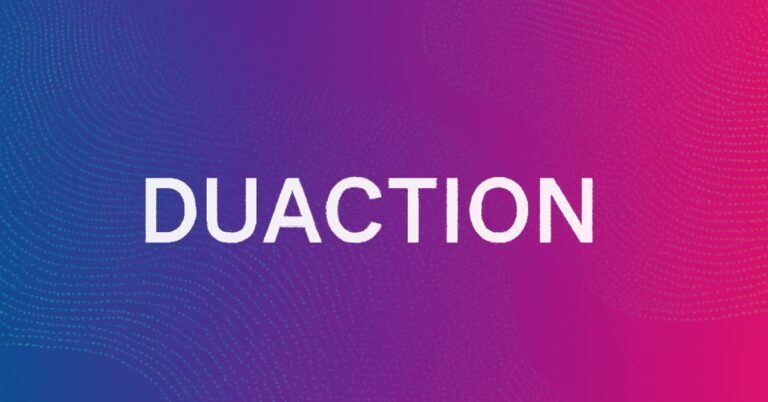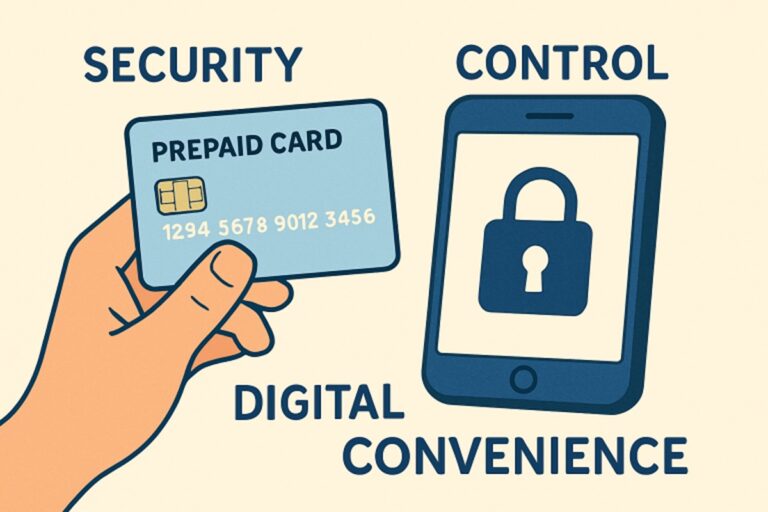Selecting the Right Custom Mobile App Development Company for Long-Term Projects

In the relentless pursuit of digital dominance, mobile applications have evolved from transactional tools to mission-critical assets that drive customer loyalty, operational agility, and market differentiation. The choice of a custom mobile app development company is not a line-item expense it’s a strategic lever that can propel your organization into new markets, fortify competitive moats, and future-proof your technological infrastructure.
Yet, the stakes are perilously high. A misaligned partnership can result in sunk costs, operational paralysis, or worse a product that erodes brand equity. Conversely, the right collaborator becomes a catalyst for innovation, blending technical prowess with strategic intuition to deliver solutions that scale with your ambition.
This guide transcends generic checklists. Instead, it offers a blueprint for evaluating development partners through the lens of long-term value creation, risk mitigation, and transformative growth.
1. Vision Alignment: The Bedrock of Strategic Synergy
Why It Matters
A development partner that lacks insight into your core business objectives is akin to a surgeon operating without understanding the patient’s anatomy. Technical skill alone cannot compensate for a misalignment in vision.
Key Evaluation Criteria
- Depth of Discovery Process
Elite firms conduct immersive workshops to dissect:- Market dynamics: Competitive threats, customer segmentation, and regulatory landscapes.
- Business KPIs: Revenue targets, user retention goals, and operational efficiencies.
- Ecosystem integrations: How the app will interface with existing CRM, ERP, or IoT systems.
- Strategic Advisory Capabilities
Do they offer insights on:- Monetization strategies (e.g., freemium vs. subscription models)?
- User acquisition funnels (leveraging behavioral analytics or gamification)?
- Global scalability (localization for language, currency, or cultural nuances)?
- Long-Term Roadmap Collaboration
A visionary partner co-creates a 3–5-year innovation roadmap, anticipating shifts in user behavior, technology, and industry trends.
Case Study: Retail Reinvention
A luxury fashion brand partnered with a development firm to build an AR-powered virtual fitting room. However, the vendor overlooked integration with the brand’s legacy inventory system, causing real-time stock discrepancies. The lesson? Vision alignment requires end-to-end ecosystem awareness.
2. Technical Excellence: Balancing Innovation and Stability
Why It Matters
The allure of cutting-edge tech often overshadows the importance of sustainable architecture. A flashy app built on fragile code will crumble under scale or security threats.
Key Evaluation Criteria
- Tech Stack Strategy
- Native Development (Swift, Kotlin): Ideal for apps demanding high performance (e.g., gaming, real-time trading).
- Cross-Platform (Flutter, React Native): Cost-effective for MVP launches or apps requiring rapid iteration.
- Progressive Web Apps (PWAs): A hybrid solution for businesses prioritizing web-to-mobile transitions.
- Emerging Tech Integration
- AI/ML: Predictive analytics for personalized user journeys or fraud detection.
- Blockchain: Immutable ledgers for supply chain transparency or decentralized identity management.
- Edge Computing: Reducing latency for IoT-driven apps in manufacturing or healthcare.
- Performance Benchmarks
Demand metrics on:- App load times (sub-2 seconds for optimal user retention).
- Battery consumption (critical for field service or logistics apps).
- Crash rates (industry standard: <1% for enterprise-grade apps).
Example: AI-Driven Disruption
A custom mobile app development company in USA recently engineered a telehealth platform with AI triage capabilities, reducing patient wait times by 40% and earning FDA approval for clinical use. This underscores the power of marrying technical depth with domain expertise.
3. Scalability: Architecting for Exponential Growth
Why It Matters
Scalability isn’t a feature it’s a foundational philosophy. An app that can’t handle 10x user growth or 50% feature expansion will bottleneck your business.
Key Evaluation Criteria
- Modular Architecture
- Microservices: Decoupling functionalities to enable independent scaling (e.g., payment processing vs. user profiles).
- API-First Design: Ensuring seamless integration with third-party tools (e.g., Stripe, Twilio, Salesforce).
- Cloud-Native Infrastructure
- Auto-Scaling: Leveraging AWS Lambda or Kubernetes to manage traffic spikes.
- Multi-Region Deployment: Ensuring low latency for global user bases.
- Stress Testing Rigor
- Load Testing: Simulating 100,000+ concurrent users.
- Failover Protocols: Automated backups to prevent downtime during server failures.
Pitfall to Avoid
A food delivery startup scaled to 15 cities but couldn’t onboard new restaurants due to monolithic database architecture. Migrating to a cloud-native solution cost $500K and six months of development—a preventable expense with foresight.
4. Security: Fortifying Trust in a Breach-Prone World
Why It Matters
A single breach can obliterate decades of brand equity. Security isn’t a compliance checkbox—it’s a competitive differentiator in industries like finance and healthcare.
Key Evaluation Criteria
- Threat Modeling
- Penetration Testing: Ethical hackers simulating attacks to expose vulnerabilities.
- Zero-Trust Architecture: Authenticating every user and device, every time.
- Compliance Mastery
- GDPR/CCPA: Data privacy for EU and California users.
- PCI-DSS: Securing credit card transactions.
- HIPAA: Protecting patient health information.
- Encryption Standards
- AES-256: For data at rest.
- TLS 1.3: For data in transit.
Statistic
Gartner predicts that 45% of global organizations will suffer a software supply chain attack by 2025. Partnering with a security-first developer is non-negotiable.
5. Governance: Transparency as a Strategic Asset
Why It Matters
Ambiguity in timelines, budgets, or deliverables breeds distrust and inefficiency.
Key Evaluation Criteria
- Agile Governance
- Sprint Retrospectives: Bi-weekly reviews to refine processes.
- Burndown Charts: Visualizing progress against deadlines.
- Risk Mitigation Frameworks
- Dependency Mapping: Identifying critical path tasks.
- Contingency Budgets: Allocating 15–20% for unforeseen challenges.
- Stakeholder Communication
- Executive Dashboards: Real-time insights into milestones, budgets, and risks.
- Escalation Protocols: Clear pathways to resolve bottlenecks.
6. Post-Launch Evolution: The Lifeline of Longevity
Why It Matters
Post-launch abandonment is the silent killer of app success. The average app loses 77% of its users within three days if updates and engagement strategies stall.
Key Evaluation Criteria
- Continuous Improvement Cycles
- Feature Prioritization: Using RICE scoring (Reach, Impact, Confidence, Effort) to roadmap updates.
- Hotfix Agility: Resolving critical bugs within 24 hours.
- Data-Driven Optimization
- Behavioral Analytics: Tools like Mixpanel or Amplitude to track user journeys.
- A/B Testing: Experimenting with UI/UX variations to boost conversion rates.
- Scalable Support Models
- 24/7 DevOps Teams: For enterprises requiring uptime SLAs.
- Knowledge Transfer: Training in-house teams to manage minor updates.
7. Cultural Symbiosis: The Unseen Driver of Success
Why It Matters
A partner that mirrors your operational ethos accelerates decision-making and minimizes friction.
Key Evaluation Criteria
- Collaborative Mindset
- Co-Located Teams: Embedding developers within your workflow for complex projects.
- Innovation Workshops: Joint sessions to brainstorm disruptive features.
- Communication Cadence
- Daily Syncs: For time-sensitive initiatives.
- Quarterly Business Reviews (QBRs): Aligning on strategic pivots.
- Ethical Alignment
- Sustainability Practices: Carbon-neutral coding or green hosting.
- Diversity Commitments: Inclusive teams driving creative problem-solving.
Conclusion: Engineering Tomorrow’s Success Today
In an era where digital inertia is fatal, selecting a mobile app development partner demands strategic rigor, technical discernment, and cultural empathy. The right firm doesn’t just deliver code it architects ecosystems that amplify your market reach, operational resilience, and innovation velocity.
For leaders seeking a partner that embodies these principles, Devsinc stands apart. With a proven track record in delivering secure, scalable, and user-centric mobile solutions, they empower enterprises to navigate complexity with confidence. Their fusion of technical mastery and strategic advisory ensures your app isn’t just a tool it’s a transformative asset.
The future belongs to those who build with ambition and precision. Choose a partner who doesn’t just meet expectations they redefine them.






